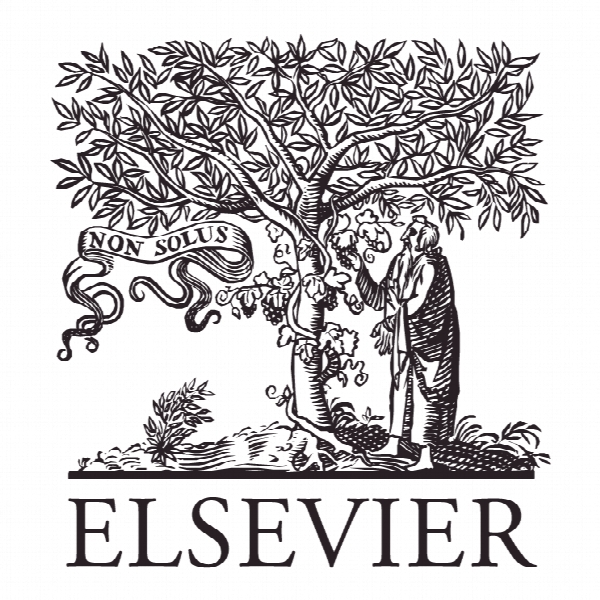تصویب مصرف کنندگان از خدمات بانکداری موبایلی: بررسی تجربی عوامل Consumer adoption of mobile banking services: An empirical examination of factors according to adoption stages
- نوع فایل : کتاب
- زبان : انگلیسی
- ناشر : Elsevier
- چاپ و سال / کشور: 2018
توضیحات
رشته های مرتبط مدیریت
گرایش های مرتبط بانکداری، تجارت الکترونیک، مدیریت فناوری اطلاعات
مجله خدمات خرده فروشی و مصرف کننده – Journal of Retailing and Consumer Services
دانشگاه School of Business & Economics – North South University – Bangladesh
منتشر شده در نشریه الزویر
کلمات کلیدی انگلیسی Banking functions, Virtual banking service, Mobile banking, Static banking, Interaction banking, Transactional banking, Consumer behavior, Adoption
گرایش های مرتبط بانکداری، تجارت الکترونیک، مدیریت فناوری اطلاعات
مجله خدمات خرده فروشی و مصرف کننده – Journal of Retailing and Consumer Services
دانشگاه School of Business & Economics – North South University – Bangladesh
منتشر شده در نشریه الزویر
کلمات کلیدی انگلیسی Banking functions, Virtual banking service, Mobile banking, Static banking, Interaction banking, Transactional banking, Consumer behavior, Adoption
Description
1. Introduction The concept of mobile banking – for example, type of service, association of different stakeholders, and scope and boundaries of the service – has been explored by many researchers (e.g. Al-Ghazali et al., 2015; Alafeef et al., 2011; Deb and Lomo-David, 2014; Laukkanen and Lauronen, 2005; Luo et al., 2010; Maroofi and Nazaripour, 2013; McNeish, 2015; Mortimer et al., 2015; Rosmain et al., 2013; Shaikh et al., 2015; Wang et al., 2015; Yu and Fang, 2009; Zhou, 2012). Researchers have also attempted to distinguish this mobile service delivery channel from the generic virtual banking service, i.e., Internet banking, by explicitly setting the periphery of this financial service (Chikomo et al., 2006; Laukkanen and Lauronen, 2005). Combining several discourses (Ashraf, 2012; Chikomo et al., 2006; Laukkanen and Lauronen, 2005), we can summarize the concept of mobile banking as a specific type, as well as an extension of certain functional features, of Internet banking where consumers can seek different kinds of financial services from banks through the use of a mobile device under the wireless application protocol (WAP). Mobile banking is offered through short message service (SMS) of mobile phone, direct telephone call, mobile phone Internet application, and certain specifically designed ‘Apps’ in mobile data application systems (Ashraf, 2012; Chikomo et al., 2006; Laukkanen and Lauronen, 2005). While accessibility is an advantage of mobile banking, susceptibility to security risks may considerably inhibit its success (Chikomo et al., 2006; Saxena and Chaudhari, 2013). Like other information and communication technology (ICT) embedded services, such as electronicgovernment and electronic-commerce, mobile banking is highly and widely under threat from technological, managerial, and behavioral risks (Chikomo et al., 2006; Saxena and Chaudhari, 2013). These risks include lack of confidentiality between banks and customers for privacy, lack of integrity for originality of communicated information, lack of authenticity for trusted and reliable identification between banks and users, and lack of availability of service due to external interruption during flow of information through connected networks (Chikomo et al., 2006). These risks can arise from many subcomponents and design features of mobile banking, such as users, mobile devices, application software and data, mobile operators, and financial service providers (Ashraf, 2012). Studies (e.g. Adetiloye, 2014; Daramola et al., 2014;Pousttchi and Schurig, 2004) have illustrated that consumer awareness for mobile banking is rooted in the appropriate design of the technology through the protection of security and privacy of consumers


